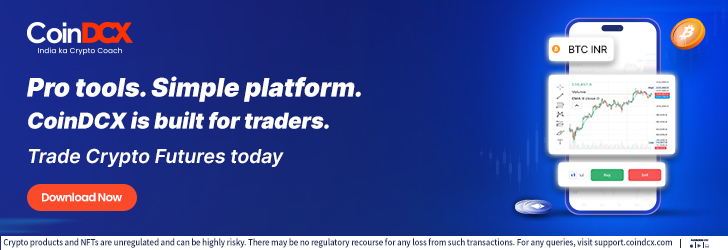In a competitive landscape where customer experience is more important than ever, it’s essential to allow consumers to pay for goods and services in whichever way they choose, including remote payment methods.
Remote payments, also known as ‘cardholder not present (CNP) transactions’, allow customers to complete debit or credit card transactions without being present at the store they are buying from. Here are some examples of remote payment methods:
- Phone payments. To pay by phone, the customer reads their 16-digit card number, expiry date, and CVV code to the merchant, who will process the payment using the card reader linked to their point-of-sale (POS) system.
- Online payments. To pay online, the customer enters the card details mentioned above into a payment gateway on the merchant’s website. In addition, most online payment getaways also accept mobile wallets such as ApplePay and Buy Now, Pay Later options such as Klarna.
- In-app payments. In-app payments are similar to online payments, but the customer makes the purchase without leaving the merchant’s app.
- Pay by link payments. To pay by link, the customer clicks on a secure link from the merchant and follows the steps to complete their purchase.
Remote payments allow customers to complete their purchases at a time that suits them, have quick payment processing speeds, and are incredibly secure. This article will explore pay-by-link and its benefits to merchants and customers.
What Is Pay By Link?
Pay by link is a remote payment solution that enables customers to pay for a purchase via a secure link, which has been initiated by the merchant using a payment gateway or service provider.
The payment link can be sent to a customer via any channel, such as email, social media, or SMS, and completed on any device, such as a laptop, mobile phone, or tablet.
Once the customer has received the link, they can complete the payment in just a few simple steps, often without inputting their card details, thanks to modern payment methods such as mobile wallets and bank transfers.
Here is a breakdown of the pay-by-link process:
- The merchant generates a payment link using a payment gateway or service provider.
- The secure payment link is shared with the customer via their chosen communication channel. This could be via email, a social media platform, or SMS.
- The customer receives the payment link, which contains all necessary transaction details, and clicks on it using a device that suits them.
- The customer is redirected to a secure and branded payment gateway page, so the customer trusts where their money is going.
- The customer chooses the payment method they will use to complete the payment. This could be a debit or credit card, a mobile wallet, or a bank transfer.
- The customer enters the details they need to complete the payment. For example, if they use their mobile wallet, they choose which card to pay from and confirm their identity via facial recognition or thumbprint.
- Once the payment is completed, both the merchant and the customer receive written confirmation.

What Are The Benefits Of Pay By Link?
Pay by link is a modern solution for businesses, thanks to several benefits, including:
- Lower overhead costs. Payment links remove the need for POS card readers, cutting out any associated fees and lowering overhead costs.
- Enhanced marketing campaigns. You can attach payment links to the relevant marketing campaigns on your social media platforms.
- Access to payment reports. Pay-by-link services often come with robust reporting tools so businesses can monitor all payment link activity, such as when a customer has paid. This can help merchants manage their cash flow more effectively and respond to payment issues promptly.
- Customisation and branding options. Merchants can create a branded payment page that aligns with their brand identity, offering customers a consistent and trustworthy checkout process.
In addition, pay by link is an excellent option for customers who want to make a remote payment due to the following benefits:
- Payment security. Payment links are created using a secure payment gateway or service provider, which are both equipped with fraud protection measures and can handle chargebacks.
- Wide range of payment methods. Payment links support many payment methods, making it quick and easy for customers to pay using their preferred method.
- Remote flexibility. Payment links enable customers to make payments from wherever they are with whatever device they have with them.
Is Pay By Link Redefining Remote Payments?
Payment links are not an entirely new way for customers to complete their purchases, as they have been used in the hospitality industry for some time. However, pay by link is now redefining remote payments across various sectors, thanks to the merchant and customer benefits explored in this article.






